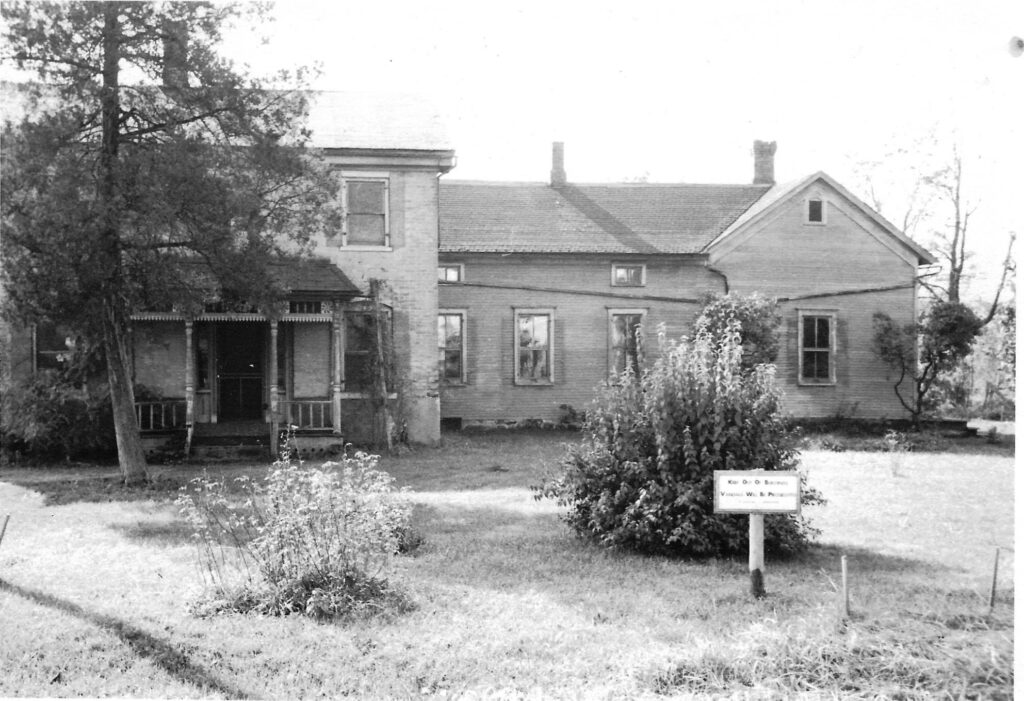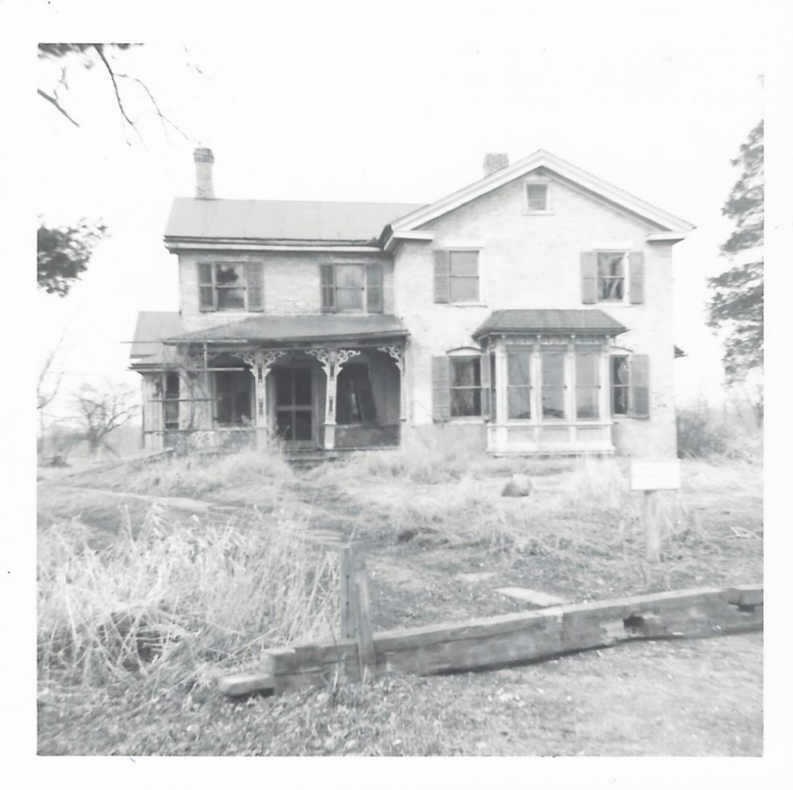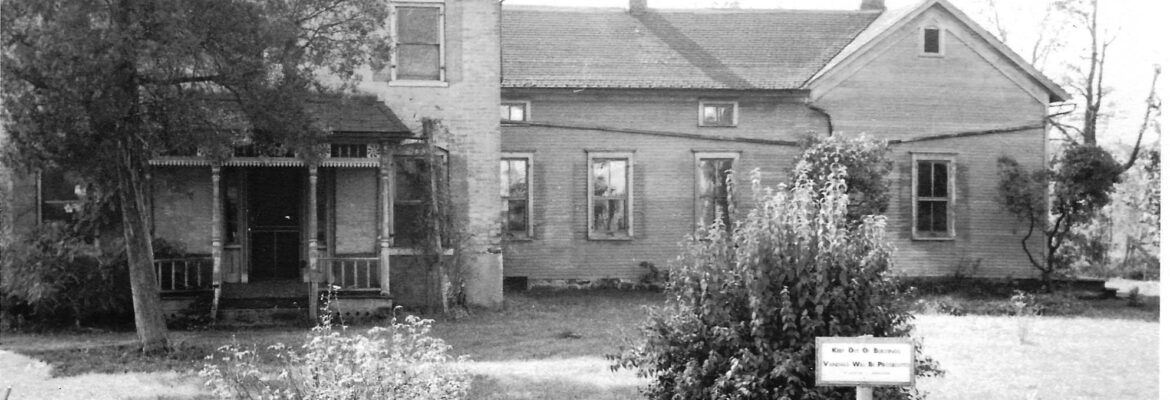The Founders of the Waterloo Area Historical Society (Part 1)
by Arlene Kaiser
This is the first of a three-part series. The Waterloo Area Historical Society was the driving force behind the restoration of the Realy farmstead to become the Waterloo Farm Museum.
As we look to the future with great concern, I’m taken back to our past. How our ancestors survived through illness, drought, floods, and poverty. The Realy family went through all of these and still thrived. Pioneer life was difficult, even for energetic workers, with little opportunity for socializing. But socialize they did, with neighbors and family. Stories about the Realy family make the farm come alive.
The Realy farmstead would be demolished if it hadn’t been for a few good folks of the Stockbridge area who took on the giant task of saving the farm and creating a source of Pioneer Farm and Schooling history to be passed on for generations.
In the winter of 1962, twelve people gathered at the home of Harriet and Sidney Beckwith in Stockbridge. The discussion around the dining table focused on whether it would be possible to generate interest in saving the old Realy Farm on Waterloo-Munith Rd., three miles north of Waterloo.
These twelve people were instrumental in founding the Waterloo Area Historical Society. Some were well acquainted with each other; some were merely responding to a newspaper notice. Yet, in the ensuing months, this nucleus of men and women drew a crowd of two hundred to the Stockbridge Town Hall to discuss the common thread that had brought them together around that simple dining table.
Who were these twelve? What were their individual backgrounds? What was the motivational force that compelled them to found the Waterloo Area Historical Society and drove them to begin restoration of the Realy farmhouse?
Sidney and Harriet Beckwith: For most of Harriet’s childhood, she grew up in her Grandmother Hattie’s house. Located in Jackson, at that time the area was practically country and her Grandmother owned the whole block with gardens and orchards; horses, cows, dogs, hens, and a parrot; as well as a marvelous attic. Her grandmother’s memories of the Civil War and the trunks in her attic became even more important to Harriet. Life on an island off Newfoundland also gave her insights about pioneer life—of woodstoves, water barrels, spinning wheels, and dog teams. Armed with this background and knowledge, she was ready to take on the task.
Dr. Sidney Beckwith was the photo historian of the Society, from the beginning through the final restoration. With these volumes of photos, we are able to see how the farmhouse was and how it should continue to be.
Erston Clarke grew up the grandson of Abby Clark, the first white child born in Ingham County. Harriet Beckwith requested assistance from him to help work on the dilapidated Realy house along with those who created the museum. He took many of the original photos of the weed patch that surrounded the house.
Harold and Hazel Harr made their home on a farm, where Harold grew potatoes and had a registered herd of Guernseys. His diary relates, “…in winter, cutting ice and firewood was a daily, tiresome chore…” Yet, his sense of community helped him find time to be a Director of the Farmer’s State Bank of Munith. After graduating from Eastern Michigan University in 1920, Hazel eventually became principal in Stockbridge for four years. She also taught mathematics and history at Stockbridge High School, became principal for the Munith 10 grade school, and taught several years in a one-room school not far from Harrlands, their home. As a member of five organizations, including the Waterloo Needlework Club, Hazel’s background prompted her to be one of the first to be invited to join the small group who would meet at the Beckwith home to discuss saving the old Realy house.
To be continued.
Information source: The Founders of the Waterloo Area Historical Society, compiled by Agnes Dikeman, former WAHS President and Museum Director.

The Realy farmstead before receiving the loving attention of the Waterloo Area Historical Society (WAHS). Photo circa 1962. Provided by the WAHS.

North side of the Realy farmstead, circa 1962. Photo provided by the WAHS.

East side of the Realy farmstead, circa 1962. Photo provided by the WAHS.


Email me how to fonate to the current fund. You pisted it aehile ago but i cant find noww. Thx
Thank you for your inquiry. You may donate by check, with roof donation in the memo area, mailed to WAHS, P.O. Box 37, Stockbridge, MI 49285
GoFundMe on our Facebook Page.
If you have further questions please call me.
Arlene Kaiser
517-392-3195